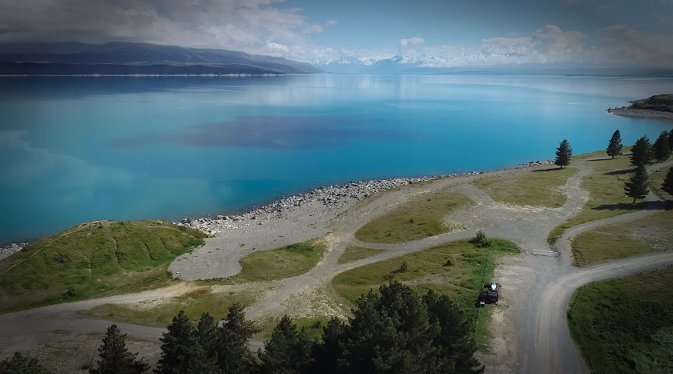Nohoanga
Nohoanga provide all Ngāi Tahu with an opportunity to experience the landscape as their tipuna did, and to rekindle the traditional practices of gathering food and other natural resources.
The term ‘nohoanga’ (literally meaning a place to sit) traditionally refers to the seasonal occupation sites which were an integral part of the mobile lifestyle of Ngāi Tahu Whānui (tribal members) as they moved around Te Waipounamu (the South Island) in pursuit of food and other natural resources.
This traditional concept has been given contemporary effect as a result of the Settlement of the Ngāi Tahu Claim through the allocation of specific ‘camping’ sites to support mahinga kai activities.
Under the Ngāi Tahu Claims Settlement Act 1998, nohoanga sites are specific areas of Crown owned land adjacent to lakeshores or riverbanks and are usually one hectare in size. Their management is guided by the 2018 Nohoanga Management Plan.
Please see relevant information below or view our FAQ page.
Please contact 0800 NOHOANGA (0800 664-62642) or [email protected] for more information.
Active Sites Available for Booking
There are 72 allocated nohoanga sites within Te Wai Pounamu. Not all of these sites are available for use. The sites that are currently available are shown on the map below. Ngāi Tahu Whānui have temporary, but exclusive rights to occupy these sites for up to 30 days between 16 August and 30 April each year.
Information Sheets | Site Flyover Videos
- McNulty Arm | View the video
- Hawea river – Albert Town | View the video
- Waima (Ure) River | View the video
- Hapuku River | View the video
- Lake Kaniere | View the video
- Waipara River [Township] | View the video
- Okarito Lagoon – River | View the video
- Whakarukumoana (Lake McGregor) | View the video
- Lake Pūkaki | View the video
- Lake Ōhau | | View the video
- Ōhau River No. 2
- Ahuriri River | View the video
- Lake Hawea (Adj Camp) | View the video
- Lake Hawea (Timaru Creek) | View the video
- Tuckers Beach | View the video
- Waianakarua (Glencoe Reserve) | View the video
- Waikaia River [Piano Flat] | View the video
- Waikawa River | View the video
Please read these sheets in conjunction with our Guide for Users and Hazard Information page.
Authorisation For Use
Nohoanga are for the exclusive use of Ngāi Tahu Whānui. For fairness and environmental reasons, the use of nohoanga sites is by authorisation only, and administered by Te Rūnanga o Ngāi Tahu. See below for procedure for authorisation.
Nohoanga users are encouraged to submit feedback to Te Rūnanga o Ngāi Tahu following their use of a nohoanga site, recording any problems or issues experienced during their visit. Feedback enables Te Rūnanga o Ngāi Tahu to fix any issues, identify, minimise or remove hazards and make improvements where possible.
- Only members of Ngāi Tahu Whānui (tribal members) who are 18 years of age or over and who have enrolled with Te Rūnanga o Ngāi Tahu can apply for an authorisation. (To check your enrolment status, please phone 0800 KAITAHU).
- All guests of a Ngāi Tahu tribal member must be named on the authorisation
- A maximum of 30 people per night are permitted on any nohoanga site at any one time.
Authorisations can be issued for no more than one month at a time (this may also be limited further during busy periods such as the Christmas – New Year period). - Exceptions to the above will be considered by Te Rūnanga on a case by case basis.
- Members of the public have normal access to, and use of, any river or lake, even if this means passing through a nohoanga site to do so.
- Nohoanga authorisations do not give holders any special rights to take resources from the area. Hunting and fishing still require a fishing licence and other fishers may require a customary fishing authorisation.

Book A Site
Use our online form to apply for authorisation to use a nohoanga site.
Alternatively:
- Contact a member of the Puna Mahara team on 0800 NOHOANGA (0800 664-62642) or email [email protected] and apply for an authorisation at least FIVE working days before you wish to use a nohoanga site;
- Provide basic details (name, address, contact numbers, vehicle registration number, and number of people you wish to take).
- If the site is available you will be sent an authorisation via e-mail
- Provide your feedback via the form that will be emailed to you following the completion of your booking.